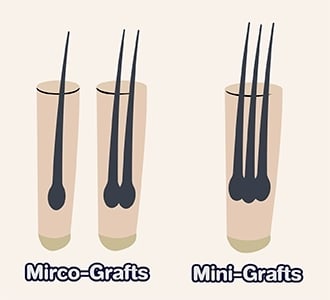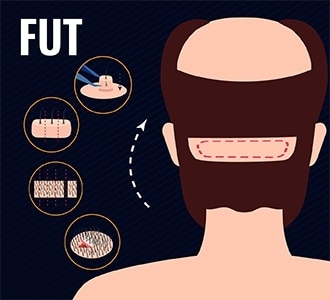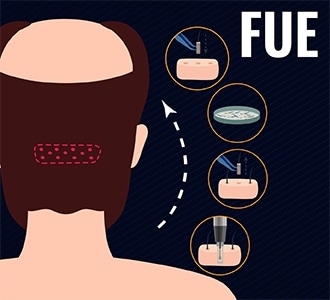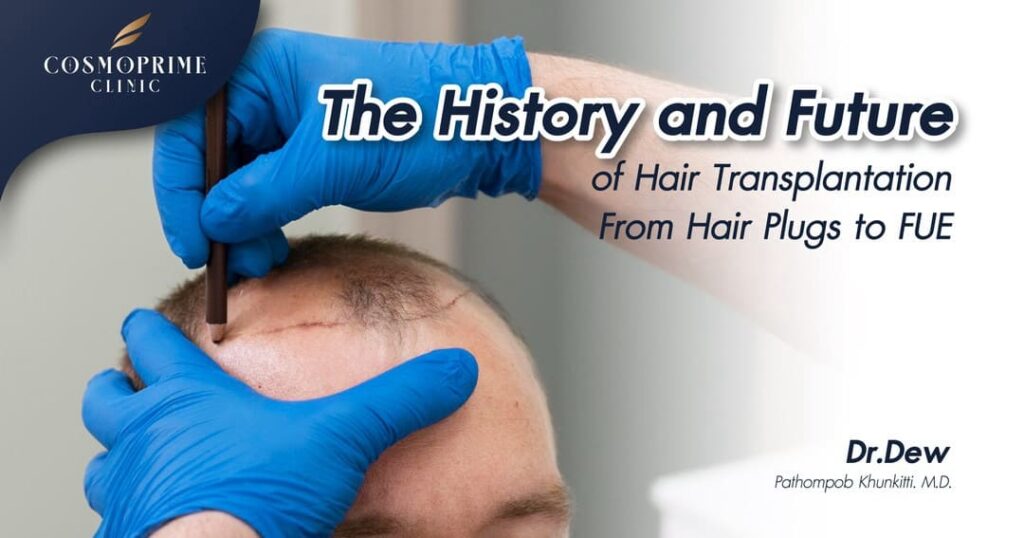The Origin of Hair Transplantation and Its Future Directions
Hair transplantation has come a long way over the years. What started as a rudimentary technique has now evolved into a highly sophisticated process with remarkable results. Today, we will take a journey through the history of hair transplantation and explore how the technique has evolved, from its early beginnings to the present and its potential future advancements.
Lorem ipsum dolor sit amet...
The first hair transplant procedure took place in 1952 in New York, USA, led by Dr. Norman Orentreich. He developed the technique of transplanting tissue from the strong hair growth area at the back of the scalp to the front. This was a groundbreaking discovery, as hair from the back of the head could continue to grow in the front without being affected by the male hormone DHT, which causes hair loss.
However, in the early stages, the grafts were much larger, measuring about 4mm in diameter (roughly the size of an eraser). Though the procedure was successful, the appearance of the hair was less than ideal, with round “plug-like” patches of hair growing in a scattered fashion, making the results unnatural. Despite this, it was the best option available at the time for those experiencing hair loss.

The Development of Mini Grafts and Micro Grafts
By 1984, surgeons began refining the technique by introducing Micro Grafting and Mini Grafting. These methods involved using smaller grafts (around 1.5mm in diameter) compared to the larger plugs. This allowed for less visible gaps between grafts, but the results were still somewhat unnatural. Micro Grafting further improved the technique by cutting the grafts into smaller pieces, often containing just 1-2 hairs per graft, resulting in more natural-looking hairlines.
Despite improvements, the technology and magnification tools at the time were still not as advanced as today, so grafts often remained thicker and less refined.
The Era of Follicular Unit Transplantation (FUT)
The next major breakthrough came in 1994, with the introduction of Follicular Unit Transplantation (FUT), pioneered by Dr. Rassman and Dr. Bernstein. This technique focused on transplanting natural hair follicular units—groups of 1 to 4 hairs—instead of large tissue blocks. Using a microscope, the doctors could now extract and transplant these smaller grafts with greater precision, resulting in more natural and aesthetically pleasing outcomes.
FUT initially faced resistance from the medical community but gained popularity, especially with the advent of the internet in the early 2000s. It became the standard method for permanent hair restoration at the time, delivering much more refined and realistic results.
The Rise of Follicular Unit Extraction (FUE)
The next evolution in hair restoration came with Follicular Unit Extraction (FUE), which offered a more advanced and less invasive option. Instead of removing a strip of scalp tissue, FUE uses specialized tools to extract individual follicular units directly from the scalp. This technique leaves tiny, inconspicuous scars that heal quickly, making it highly desirable for patients who want to avoid noticeable scars.
Initially, FUE faced skepticism because of the learning curve and the lack of widespread tools. However, the technique’s ability to avoid linear scarring and its natural-looking results led to increasing demand. In the years that followed, the development of tools like the Implanter Pen, created by Dr. Choi, further improved the FUE procedure by allowing grafts to be implanted more precisely and easily. Some clinics refer to this advancement as Direct Hair Implantation (DHI), although the method is still based on FUE.

The Future of Hair Transplantation
As technology continues to evolve, hair transplantation techniques will only improve. The future may bring even more advanced tools, faster recovery times, and more natural results. Innovations in robotics, stem cell research, and personalized treatments may soon lead to even more effective and minimally invasive procedures. Additionally, with advancements in scalp care and preventive treatments, we may see better ways to preserve hair and prevent further loss, making hair transplants even more effective.


Conclusion: The Evolution and Future of Hair Transplantation
From the early “hair plugs” of the 1950s to the modern FUE techniques of today, hair transplantation has come a long way. The process has evolved with technology, precision, and patient expectations, leading to more natural results and faster recovery times. As we look toward the future, we can expect continued advancements that will further improve the quality and accessibility of hair restoration procedures. The progress made so far offers hope to those struggling with hair loss and sets the stage for even more exciting developments in the years to come.
Reference: History of Hair Transplant Surgery



